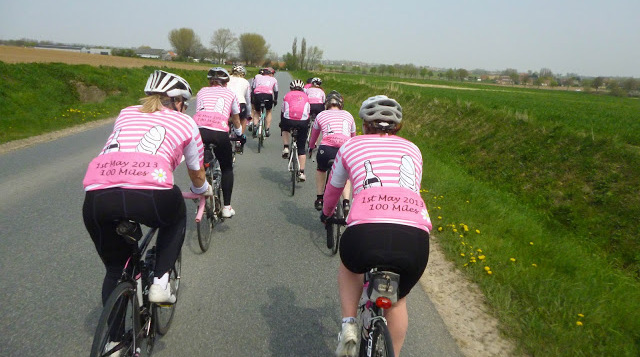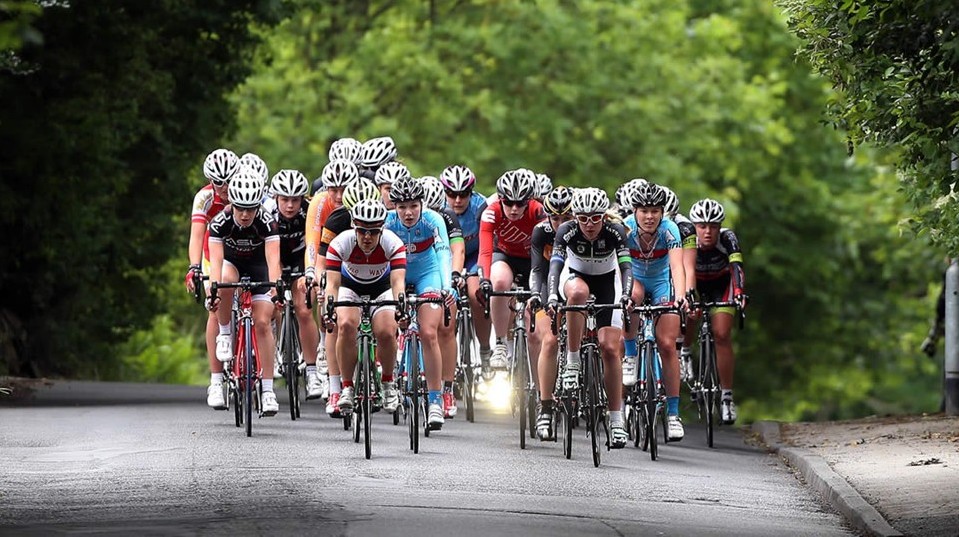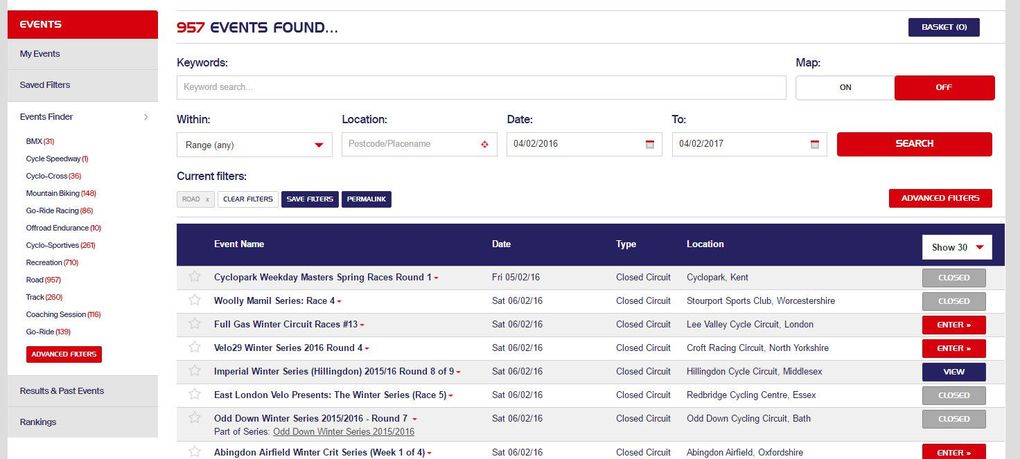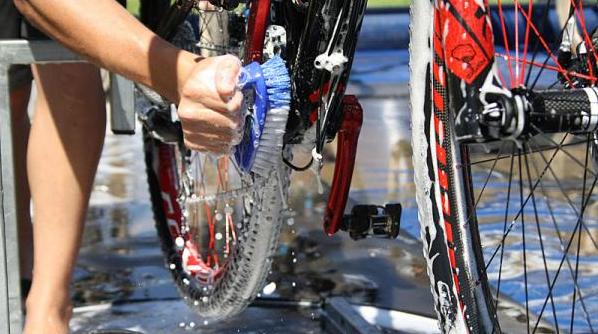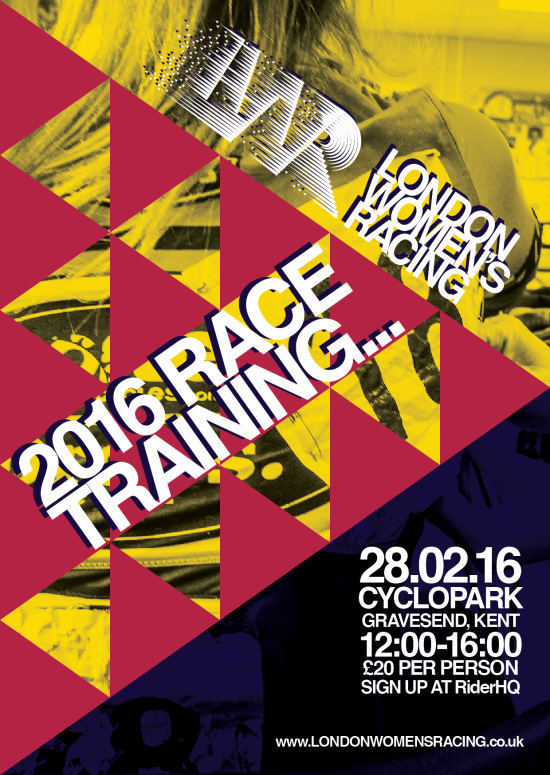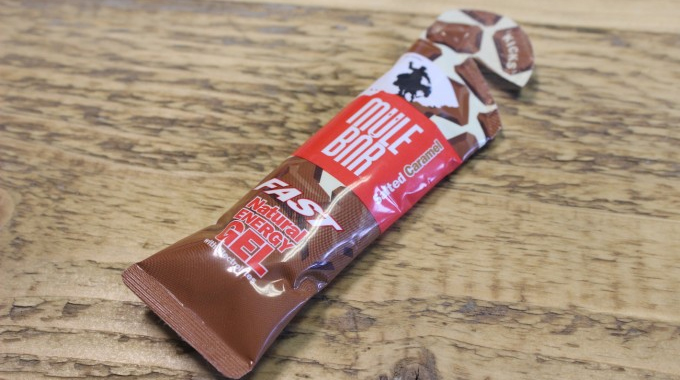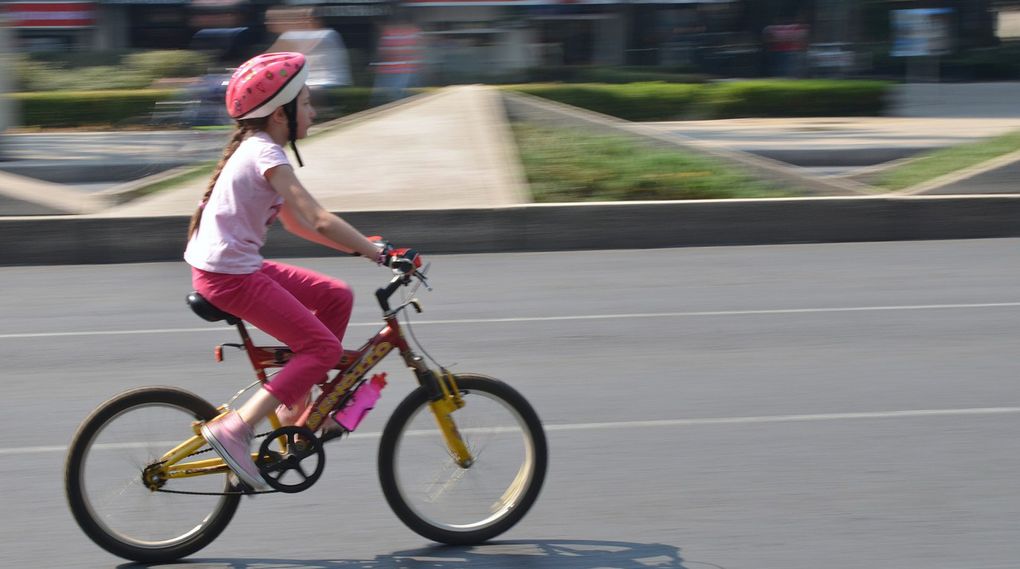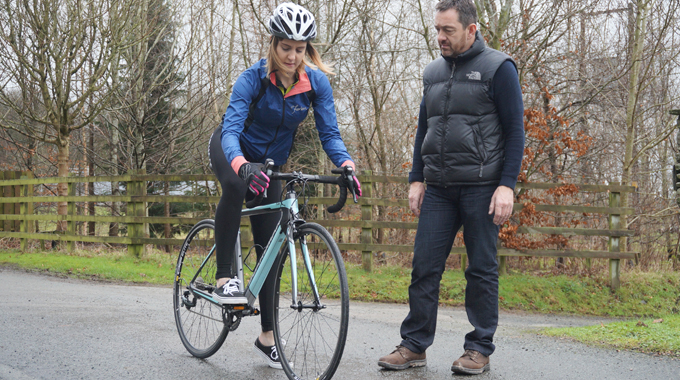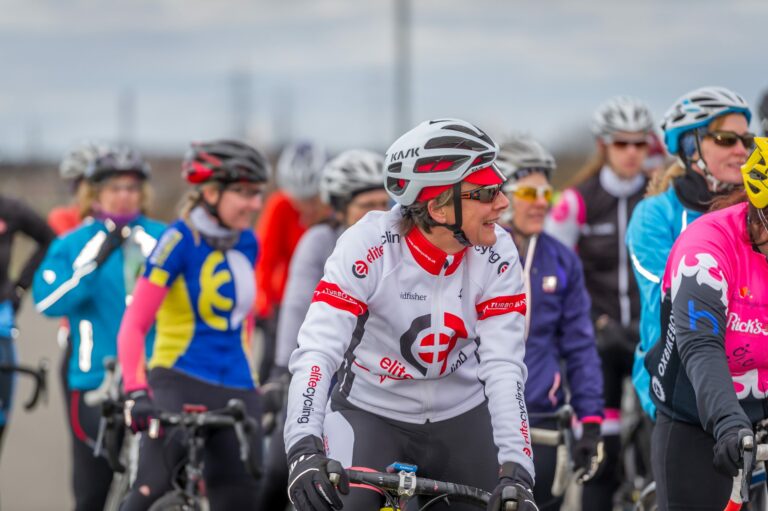Make sure you are #raceready

If you haven’t raced before, a training day is a perfect opportunity to make sure you understand race etiquette. London Women’s Racing offer these, but so do other leagues if you’re elsewhere in the country.
The Etiquette of Riding in a Pack
We asked British Cycling Level 3 road & time trial coach Huw Williams, who runs race preparation sessions all around the UK, what his sessions involve:
“Good race training days for inexperienced or novice racers are not about physical training as much as learning the techniques and tactics of what’s needed when you do the race. You’re not going to get fit enough to race following one or two sessions with a coach, that’s up to the rider to do in their own time.
“These sessions are about learning the techniques and skills needed to race. A good session should help you identify all the key elements you’re likely to encounter in your first race, give you a chance to experience them in a realistic, race-sized group on a safe, closed road circuit, and most importantly make it clear how you can take what you’ve learned at the session away and practice in your own time so you’re race ready on the day.
“These techniques are very race specific and cover all aspects of things like cornering, group riding, communication with other riders, working in large or small numbers of other riders in breaks and chase groups and finishing strategies like last lap positioning for the final sprint. Cadence and gear choice is a huge determining factor depending on what kind of race you’re doing (criterium vs hilly road circuit for example). Taking a drink in the middle of a fast moving bunch of riders is a pretty essential race skill and might sound really basic but you’d be amazed at how many riders, even experienced ones, can’t do it without taking their eyes off what’s happening on the road and looking down at their bottle cages, endangering themselves and everyone around them.
“As well as that the session should cover a lot of pre and post race best practice. Things like preparation ahead of the day, – licenses, what kit to pack etc, on the day preparation, like sign-on and warm up, and post race warm down, performance analysis and so on. All these things combine to make you get the most out of your early race experiences and the more you get right on the day, the more you’ll enjoy the experience, the better you’ll perform and chances are you’ll keep coming back.”
